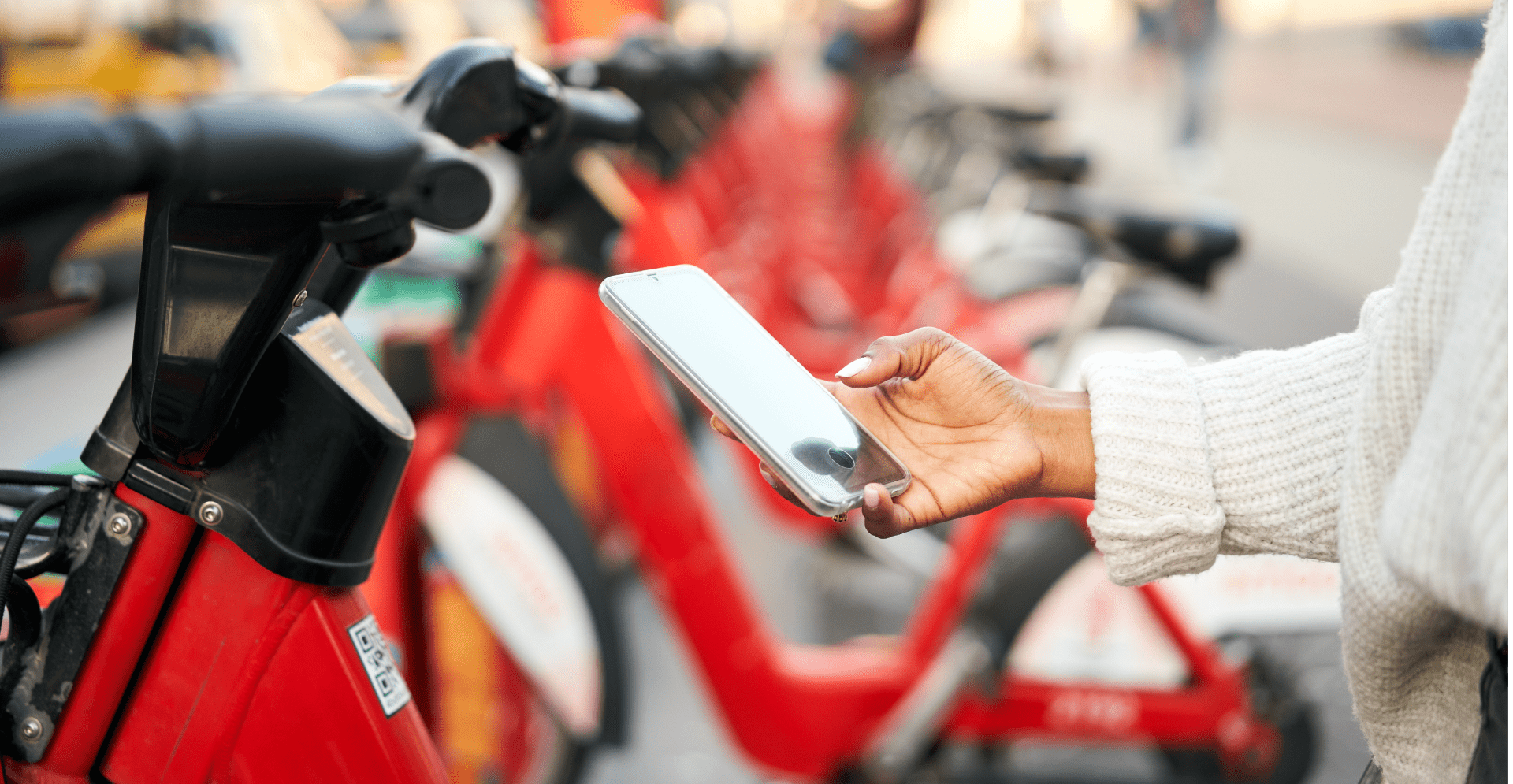Anyone who has attended a major sporting event, or lives near sporting venues, has witnessed the surge of people that descend en masse to support their teams and athletes. Jerseys, face paint, scarves, beanies, caps, signs, giant foam hands – you see it all as part of the usual rigmarole.
Stadiums and the immediate surroundings are designed or retrofitted to accommodate pedestrian movement – how to quickly and safely move people in, around and out of a venue with the least amount of congestion – but once spectators are out of the immediate vicinity of the venue, fans are on their own.
As a mobility consultant, I find this fascinating. These people don’t emerge or dissolve from a puff of smoke at the designated time. Where do they come from? How do they get around? Where do they go? And can we cater for a spectator experience that starts as soon as they leave their front door?
Major events are major investments
I’m particularly interested in this as we approach the 2023 FIFA Women’s World Cup in July, which is being hosted across nine different cities in two countries – Australia and New Zealand. It’s not outside the realms of possibility for a fan to make the trek to each and every game, but it is a considerable investment of time, energy and money. Ease of travel – to the country, the city and the stadium – could make or break that whole spectator experience. With FIFA aiming to sell upwards of 1.5 million tickets for the Women’s World Cup, that’s a lot of people to move around ensuring they have a positive experience as a spectator.
In the same month we have the Tour de France. As one of the most popular sporting events in the world, it’s estimated that around 12 million people will line the route for the three-week endurance race. Accommodation sells out fast. Roads will be closed to all but participating cyclists. Spectators will be at their destinations well before the cyclists come through and (hopefully) won’t need to travel much more than opening a door and stepping outside.
There is method to my madness in highlighting these two very different sporting events. Because as I bend my mind to how we can improve the experience of spectators, we must recognise we cannot apply the same mobility strategies to every sporting event.
Every person travelling to an event is different, and different sports attract different demographics
For instance, insights from sport and entertainment consultancy, Gemba on gender parity and sport from 2020 suggest that only 41% of global football (soccer) fans are women. However, 53% of global swimming fans are women. Does that impact the mix of who attends live events? And if so, how do we ensure that women feel safe and secure getting to and from sporting events?
There are no hard statistics on how many children attend sporting events, but – as anyone who has children would agree – one of the greatest barriers to taking small humans to an event is how arduous the journey is and how long it takes to get there. Parents have to pack snacks, take extra bags, maybe a device and perhaps a pram. How can we reduce the stress and make it easier for families to enjoy a day of sport?
Then there are spectators with special requirements, like wheelchair access, or quiet refuges for people with sensory needs. I can understand how parents might feel a sense of anxiety taking their neurodivergent child to their first big event. Will they get on a packed train? Sporting venues are taking significant strides in accessibility, but what is the point if these same people can’t find an appropriate and accessible way to get to the venue from home?
Live sports should be for everyone; not just the people big enough, brave enough and with the resources to make the trek.
The evolution of MaaF will enhance the spectator experience
Closely related to Mobility as a Service (MaaS), Mobility as a Feature (MaaF) offers a potential solution to how we can make events more accessible and enjoyable for all whilst promoting sustainable transport and travel.
A relatively new concept, MaaF is the marriage of transportation services with other services and commercial activities to create a seamless online planning experience for the user but one that is also financially viable.
FIFA and Tour de France have huge customer bases, the transport and travel demands are just derivatives of those events - the event organisers do not have a vested interest in transport supply ownership (or making money from transport) they just want the transport experience to be a positive one. Providing MaaF means the organisers of these events can focus on delivering an integrated solution. This could include a range of transport solutions without bias and free from the financial constraints of only being able to afford the MaaS platform through payments included in sponsorship.
How could the organisers incentivise people going to the games to travel in the most sustainable way? The usual arrangements exist for some events - free public transport, extra travel services outside normal timetables and park and ride arrangements, but we can do more. One opportunity would be to offer ‘rewards’ for those travelling furthest by bike (for example), perhaps giving away free coffees or even free tickets to a particular event. Brands could offer electric bus services on a Demand Responsive Transport (DRT) basis to pick up their customers - the ‘Nike experience bus’.
One of the difficulties with MaaS is that it fails to consider the personal car and in Australia and New Zealand, where there are less dense cities and almost nine cars for every 10 people, it's an essential part of the journey. Many people have no option than to use their car from their house for part of the trip. Offering parking spaces with chargers located in easy to access locations with shared transport and public transport features at the same location is a must. There could be additional incentives to use the car parks at less congested areas and premium rates for those car parks in the busiest locations.
In the context of the FIFA World Cup, you could not only purchase your seat or hospitality package, but also plan how you get to the stadium, all in the same place. You could pre-pay for your parking space, train, charter bus, hire car or ride hail. With MaaF we can take account of user preferences and needs, making vulnerable people feel safer to travel. Users can select their specific needs and tailor their journey.
Alternatively, you could receive a ‘mobility credit’ with your ticket purchase to get to the event, allowing fans to choose the best way to travel on the day. You could assess not only the practicality of the options, but the carbon footprint of those options. Real time updates would allow you to see changes in traffic conditions, delays and detours, all in the same place as you keep your e-ticket.
This is an approach that takes the friction out of travel. It takes into account that major sporting events always put pressure on transport networks and help to spread that pressure across multiple modes of transport across many operators. It can also go a long way to making events more accessible to those that have previously felt that live sports wasn’t for them.
And one day, when you go to book your FIFA World Cup tickets, you will be able to plan and pre-pay for mobility credit for your trip to travel in the best way for you on the day - whatever your circumstances and specific needs. That small integration will make a huge difference. The evolution of MaaF will enhance the spectator experience for everyone including those that do not fit the normal stereotype sports fan demographics - imagine a future where this is commonplace. People centric mobility.




